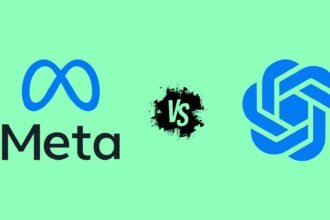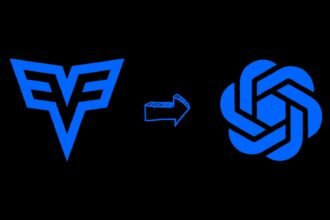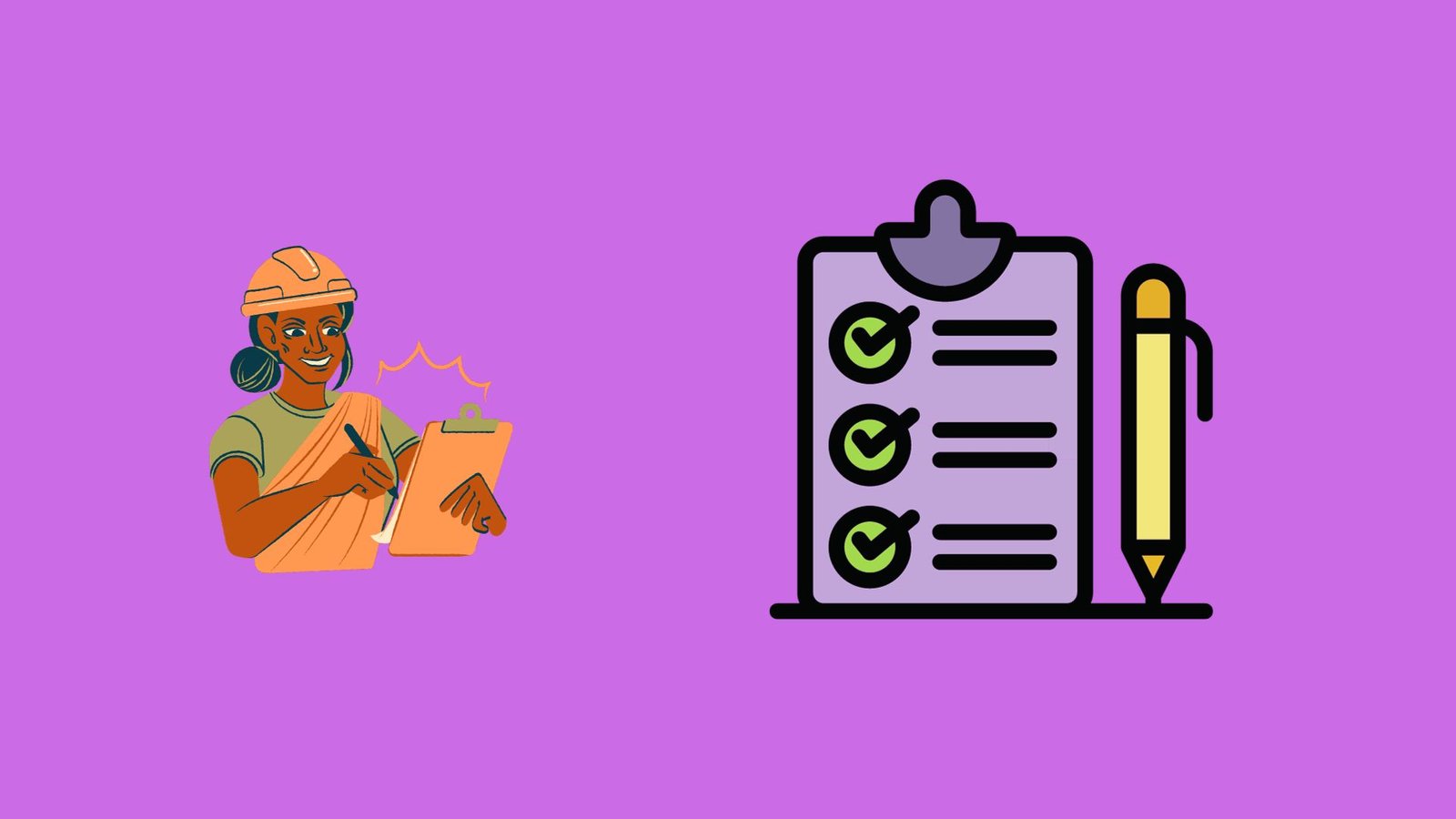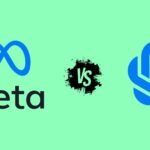Have you ever pondered over the meticulousness engineers must maintain in their complex projects? That’s where the concept of engineered checklists comes into the picture.
These checklists are not your average to-do list, they are elaborate blueprints that engineers rely on to ensure every detail, from design specifics to compliance with safety regulations, is meticulously addressed. These tools are not just about maintaining order; they’re pivotal in saving time, enhancing quality, and keeping projects precisely on track.
Curious about how to craft such a checklist, particularly with the aid of contemporary tools like ChatGPT? Let’s delve into a comprehensive guide on constructing your engineered checklist using ChatGPT and shed light on the significance of these checklists in the engineering domain.
What is Engineered Checklists
Engineered checklists are sophisticated outlines that serve as a complete rundown of tasks for engineering teams, ensuring a comprehensive approach to every phase of their projects. These checklists meticulously cover a myriad of components such as design requirements, conformity to safety standards, achievement of performance metrics, and adherence to crucial project criteria.

These checklists play an instrumental role in guaranteeing precision, thoroughness, and accuracy throughout the engineering process. They are invaluable in optimizing resource utilization and time management, thereby contributing to the timely and efficient completion of projects.
Entries in these checklists are diverse, encompassing various elements including fundamental project information, design guidelines, technical specifications, quality assurance measures, safety protocols, project coordination and scheduling, budgetary considerations, resource allocation, and frameworks for testing and validation.
How to Create Engineered Checklists in ChatGPT
Follow this detailed guide to craft engineered checklists in ChatGPT, transforming your chaotic workflow into a streamlined, productive system.
1. Comprehensive Task Collection
Kickstart the process by compiling all your tasks. This could be through jotting them down, typing them out, or directly feeding them into ChatGPT. This ‘brain dump’ is about laying out every responsibility, regardless of its size.
Post-collection, group these tasks into relevant categories, like administrative, creative, household, or errands. This initial organization sets the stage for efficient prioritization and scheduling, enabling you to tackle like tasks in unison for optimal productivity.
2. Prioritization and Strategic Planning
Examine your collected tasks, identifying those of utmost importance. These become your high-priority tasks. Assess based on deadlines, significance, and potential impact.
Once prioritized, plan your days or weeks by grouping similar tasks. This approach minimizes the cognitive load of task-switching, potentially enhancing focus and productivity.
3. Time Allocation and Scheduling
For each task, allocate a time estimate considering complexity and urgency. Then, embed these tasks into your schedule.
Align tasks with your natural productivity cycles. If mornings are your peak, schedule intensive tasks then. If afternoons, reserve them for that period. Balance your schedule with breaks and leisure to maintain a healthy work-life equilibrium.
4. Dynamic Break Integration
Incorporate brief, consistent breaks between tasks. These serve to sustain concentration, stave off fatigue, and provide moments for physical activity or relaxation. Plan for longer breaks or leisure activities too, ensuring your schedule remains productive, sustainable, and enjoyable.
5. Using ChatGPT for Enhanced Efficiency
Leverage ChatGPT to refine your to-do list. Input your tasks for suggested order based on efficiency, or seek assistance with specific tasks. If your list is handwritten, upload a photo for ChatGPT to analyze and offer optimization suggestions. This step harnesses technology to boost your productivity and relieve planning burdens.
6. Custom Instructions and Personalization
Employ ChatGPT’s custom instructions feature to detail your routines, preferences, and fixed commitments. This could include your sleep pattern, exercise regime, family time, or any other personal routines.
Guide ChatGPT to factor in these elements while aiding in your schedule planning. This customization ensures that your checklists and schedules are not just efficient but also intimately tailored to your life.
7. Review, Reflect, and Adapt
Conclude each day or week by reviewing your checklist. Reflect on accomplishments and uncompleted tasks. Ponder over why some tasks were overlooked and how future planning could accommodate them.
Regularly refresh your preferences, routines, and the information you feed into ChatGPT to mirror any life or priority shifts. This cycle of planning, execution, reflection, and adaptation is key to maintaining productivity and personal development.
By adhering to these steps, you craft a dynamic and efficient system for task management, leveraging both your personal work habits and ChatGPT’s AI capabilities.
The Importance of Engineering Checklists

Engineering checklists are indispensable due to:
- Time Optimization: They enable effective management of numerous tasks within limited timeframes.
- Broad Applicability: They are beneficial for both simple and complex tasks, ensuring no critical step is overlooked.
- Proactive Problem Prevention: They preempt issues by ensuring thorough adherence to steps.
- Uniform Quality: They ensure consistent quality of products or services, regardless of the team member.
- Cultivating Discipline: Regular use of checklists fosters a culture of discipline, accountability, and responsibility.
- Handling Complexity: They are crucial for managing intricate tasks.
Adopting engineered checklists is not just about task management; it’s about instilling a framework that promotes efficiency, consistency, and continual growth.
OpenAI ChatGPT Enhancements
OpenAI has introduced a series of enhancements to elevate the ChatGPT user experience:
- Starter Prompts: ChatGPT now begins interactions with example prompts, setting the stage for more dynamic and engaging conversations.
- Enhanced Code Analysis: The capability to review up to ten documents simultaneously expands the tool’s utility for data analysis and marketing insights.
- Prolonged Login Time: Improvements in the login procedure permit longer user sessions without disruptions.
- Reply Suggestions: This feature provides users with pertinent follow-up options at a click, enriching the dialogue.
- GPT-4 Standardization: ChatGPT has standardized GPT-4 for Plus users, offering a more polished and current user interface.
- Efficiency Shortcuts: Newly introduced keyboard shortcuts are designed to streamline operations, boosting productivity and user-friendliness.
FAQs: Create Engineered Checklists with ChatGPT
-
How do you create Engineered Checklists using ChatGPT?
Compile tasks, prioritize and plan strategically, allocate time and schedule tasks, integrate dynamic breaks, use ChatGPT for optimization, personalize with custom instructions, and review and adapt regularly.
-
What is the importance of Engineering Checklists?
Engineering checklists optimize time, apply broadly, prevent problems proactively, ensure uniform quality, foster discipline, and manage complexity effectively.
-
What recent enhancements have been made to OpenAI ChatGPT?
Enhancements include starter prompts, improved code analysis, prolonged login time, reply suggestions, GPT-4 standardization, and efficiency shortcuts.
-
What should be the conclusion about using Engineered Checklists?
Engineered checklists are vital for ensuring precision, efficiency, and consistency in projects, and they evolve with continuous reassessment and modification to align with personal or project growth.
Conclusion
Creating an engineered checklist transcends mere list-making; it involves devising a detailed, effective, and tailor-made strategy that aligns with your specific requirements and tasks.
By adhering to the outlined guide, you can harness the capabilities of ChatGPT to refine your workflow, prioritize responsibilities, and strike a balance between your professional and personal life. Engineered checklists are indispensable assets that not only maximize time efficiency but also ensure the quality and consistency of projects.
As you continually reassess and modify your checklist, you will notice an enhancement in your productivity and discipline. The objective is not just task completion, but the establishment of a system that matures and evolves alongside you.

